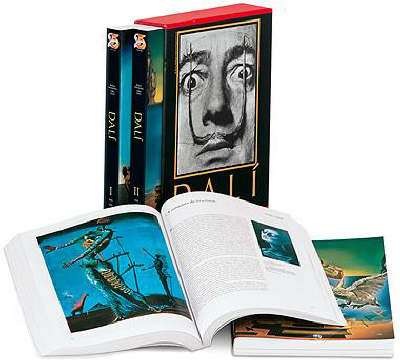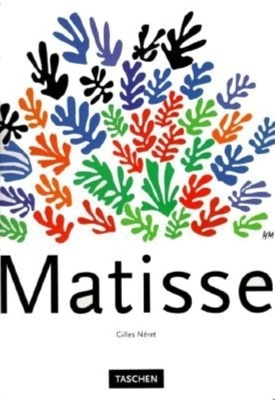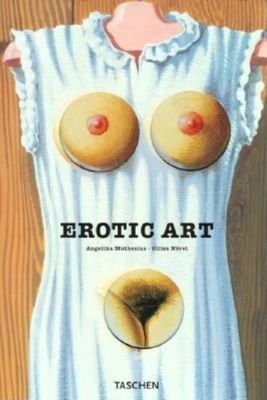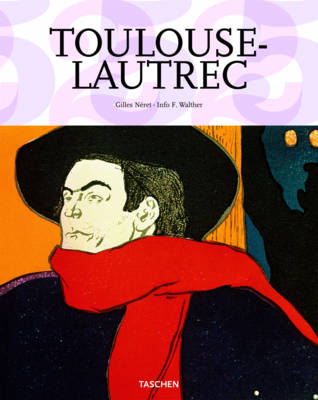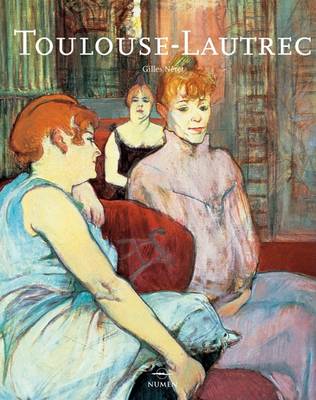Big Art
5 total works
Picasso called Dali "an outboard motor that's always running." Dali thought himself a genius with a right to indulge in whatever lunacy popped into his head. Painter, sculptor, writer, and filmmaker, Salvador Dali (1904-1989) was one of the century's greatest exhibitionists and eccentrics - and was rewarded with fierce controversy wherever he went. He was one of the first to apply the insights of Sigmund Freud and psychoanalysis to the art of painting, approaching the subconscious with extraordinary sensitivity and imagination. This lively monograph presents the infamous Surrealist in full color and in his own words. His provocative imagery is all here, from the soft watches to the notorious burning giraffe. A friend of the artist for over thirty years, privy to the reality behind Dali's public image, author Robert Descharnes is uniquely qualified to analyze Dali - both the man and the myth.
This introduction to the life and work of Matisse covers every aspect of his career, from the scandal of the Fauves to his travels in the East. It closes with the old man, confined to his bed, crowning his life's search with one final triumphant discovery - how to carve the form of colour, as a sculptor carves stone. A prominent aspect of the text is its visual insistence on the multiplicity in Matisse's work, showing how he turned the whole of modern art on its head. Each of the reproductions has been carefully worked and refined in collaboration with the artist's grandson, Claude Duthuit, in order to guarantee the greatest possible fidelity to the original.
A fine art hardcover from Taschen that focuses on the naughty habits!
This is TASCHEN's 25th anniversary - special edition! This is a large-format hardcover edition at a new low price. Henri de Toulouse-Lautrec (1864-1901), scion of an ancient aristocratic family, was a crippled dwarf. His family's wealth gave him financial security, and he chose to become an artist. In Paris he was drawn to the world of the red-light district around Montmartre. In the cafes, cabarets, dance halls and brothels he observed 'the theatre of life', viewing this world not from the moralising standpoint of the 19th-century bourgeoisie, but with the eyes of one for whom all inhibitions had long since vanished. Lautrec recorded what he saw without the arrogance of a social superior, but also without "spurious pity - like a reporter with a 'photographic paintbrush'. He transferred his observations to paper and canvas with sensitive understanding and a sharp eye, creating the real atmosphere and live character studies of a world where middle-class morals do not count, in which elegance and baseness mix, as do the ingenuous and the sinful. Lautrec had the gift of painting life as it is.
No one else has captured the entertainment world of the belle epoque in so unadulterated, so masterful and so timelessly true a manner as did Lautrec in his paintings, lithographs and posters. This monograph sets out to examine the close relations between Lautrec's work and life. It thereby offers the reader a lively impression of Lautrec's art, and at the same time provides an understanding of his private life and of the magnificent Paris of the belle epoque.
No one else has captured the entertainment world of the belle epoque in so unadulterated, so masterful and so timelessly true a manner as did Lautrec in his paintings, lithographs and posters. This monograph sets out to examine the close relations between Lautrec's work and life. It thereby offers the reader a lively impression of Lautrec's art, and at the same time provides an understanding of his private life and of the magnificent Paris of the belle epoque.
